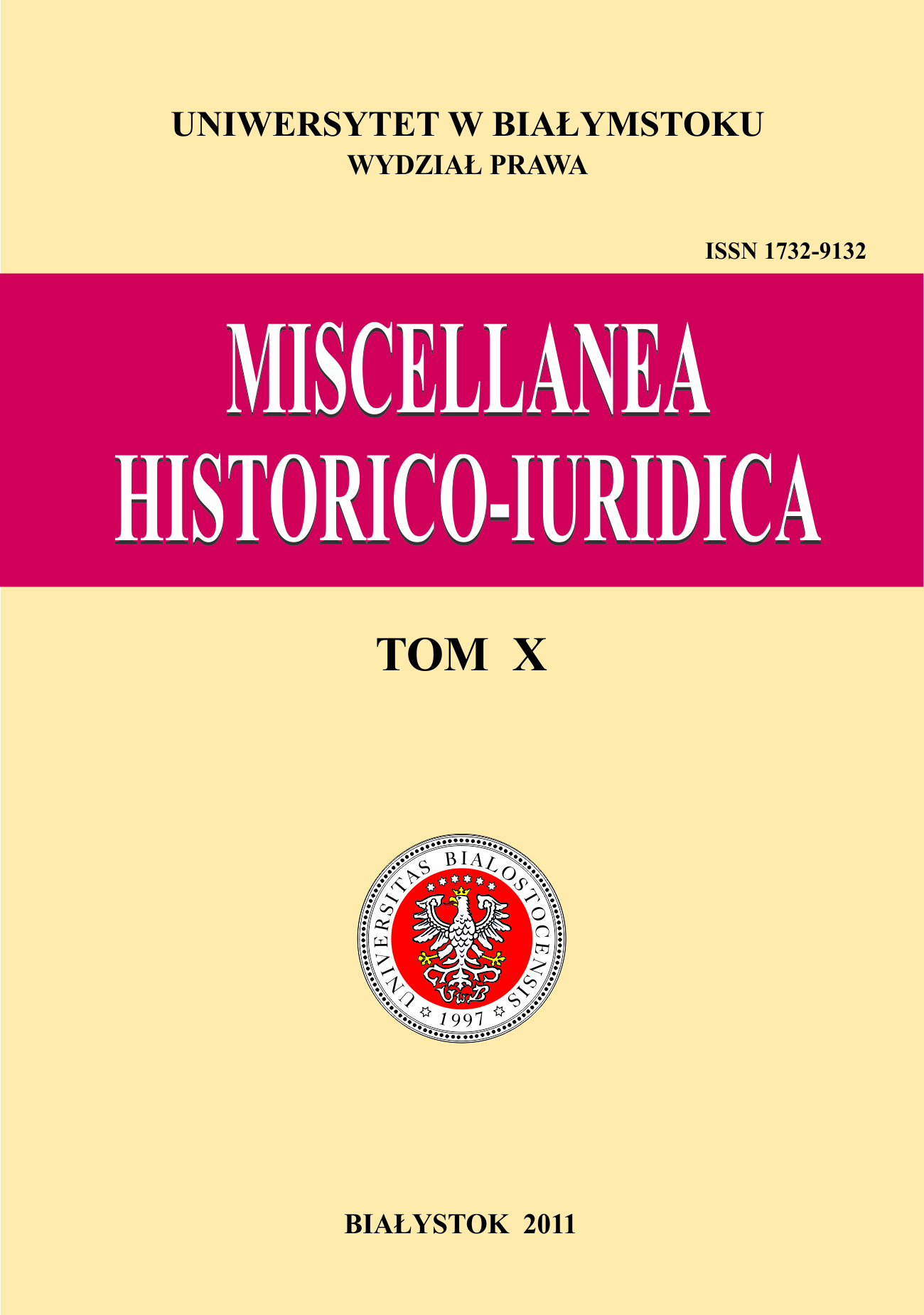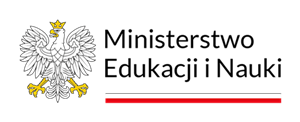Polityka finansowa Systemu Rezerwy Federalnej Stanów Zjednoczonych Ameryki podczas wielkiego kryzysu lat 1929–1933
Słowa kluczowe:
Federal Reserve System, Great Depression, monetary policy, discount rate, bank runs, Banking ActAbstrakt
The Federal Reserve System (the Fed) has been the central bank of the United States since it was created in 1913. The key reason why Congress created the Federal Reserve System was to ensure that a central bank would be available to provide monetary resources in sufficient objective to avert potential banking and financial panics. Another congressional objective was to provide an institution that could centralize the clearing of payments across the nation. Congress also desired the government to have a central depository for its funds. A key defect of the original Federal Reserve Act of 1913 was that it did not spell out the lines of authority for Fed policy – making. Although the legislation gave the Federal Reserve Board supervisory functions within the system, it did not give the Board the power to dictate policies to the individual Federal Reserve Banks. At best, the Board could try to muster efforts for systemwide coordination. Such efforts were not always successful, and much of the time the Federal Reserve Banks conducted their own regional policies. This caused internal dissension within the Fed crash and the subsequent financial panics. By 1933 a third of all the commercial banks in the United States had failed. Furthermore, the quantity of money also had declined by about a third. The banking crisis reinforced a business downturn, and the economic decline reinforced the financial collapse. The nation had fallen into what we now call the Great Depression of the 1930s. In the area of money and banking arrangements, Congress responded to the Great Depression the Banking Act of 1935. In many respects this legislation really amounted to a new Federal Reserve Act, because it fundamentally restructured the Federal Reserve System. It created new offices with clearly defined responsibilities, and it centered the Fed’s powers within the Board of Governors and its chair. Finally, the Banking Act of 1935 established the Federal Open Market Committee (FOMC), which is composed of the seven governors and five of the twelve Federal Reserve Bank presidents, and excluded the Treasury secretary and the comptroller of the currency from Board governor positions.







